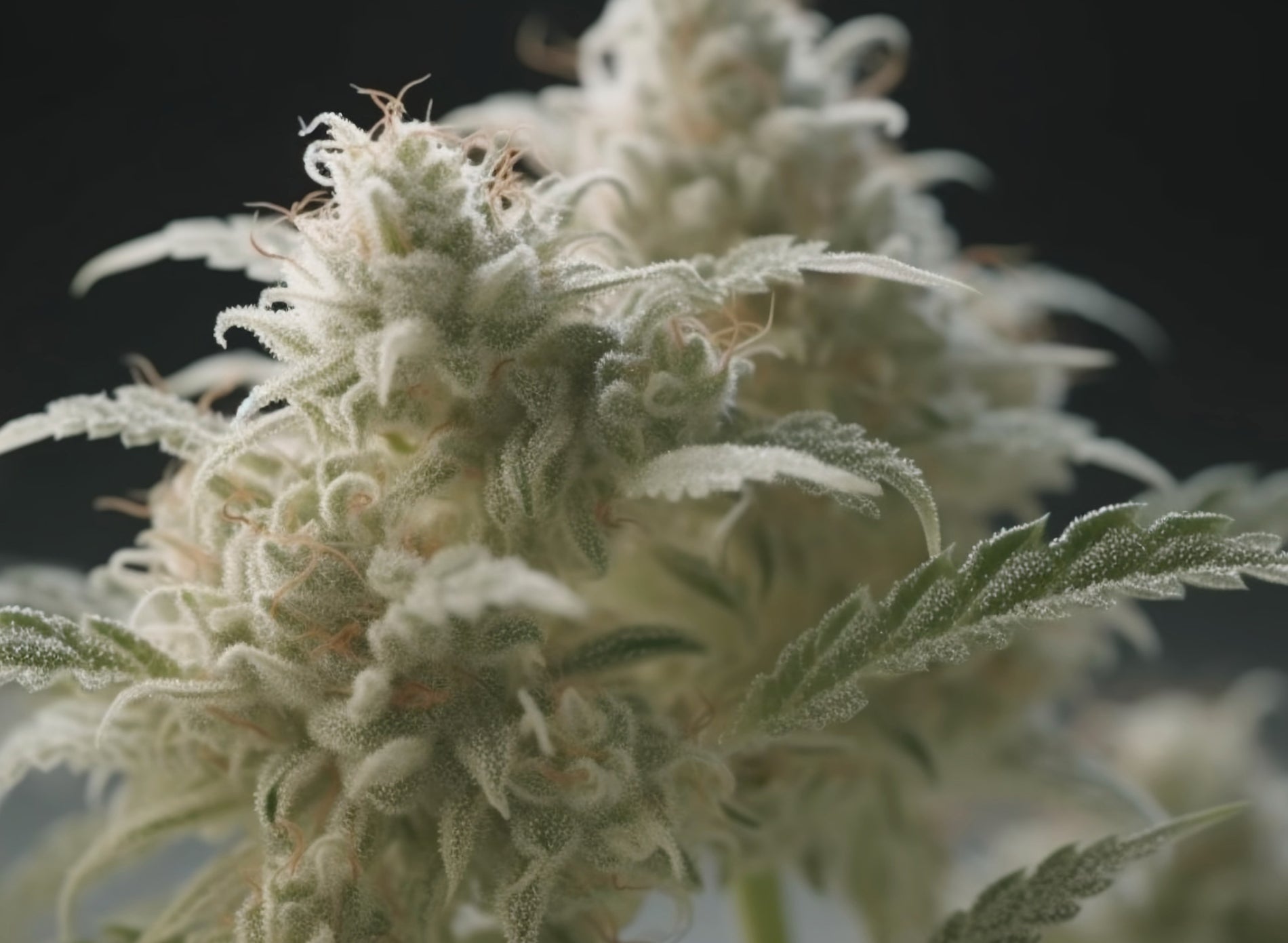As marijuana becomes more mainstream, it comes with countless variations, strains, and curiosities, including the elusive “Albino Weed.” But is albino cannabis a reality or merely an urban legend? Our guide explores this intriguing topic, examining the lore, the science, and the implications for growers and enthusiasts alike.
Understanding Albino Cannabis
The term “albino weed” describes a cannabis plant that lacks the usual green coloration associated with the herb. This phenomenon results in a white or pale-colored plant, thus giving rise to the term “white cannabis.” Although the concept is fascinating, it’s vital to note that true albino marijuana plants are extremely rare, if not nonexistent. However, semi-albino or variegated cannabis plants are a more likely occurrence, although they’re still very uncommon.
The Science Behind Albino Marijuana
In order to understand the rarity and implications of the albino weed plant, we first need to delve into the realm of plant biology. Albinism in plants happens when the pigment chlorophyll, which gives most plants their green color, is either insufficient or completely absent. Photosynthesis, the process by which plants convert sunlight into the energy they need to survive, depends on chlorophyll.
Albino cannabis, which is deficient in chlorophyll, would struggle to perform photosynthesis effectively, making it difficult for such a plant to grow and develop in the usual manner. It’s also essential to remember that full albinism isn’t a desirable trait for growers since a plant that cannot photosynthesize properly is unlikely to produce robust, healthy buds.
Distinguishing Albino Weed from Cannabis Nutrient Deficiencies
Given the rarity of true albino marijuana, it’s common for growers to confuse other conditions, like cannabis nutrient deficiencies, with albinism. A lack of necessary nutrients can lead to yellowing or lightening of the leaves, which some may mistake for the occurrence of albino weed. However, this is usually a sign that something is off when growing your marijuana rather than a rare genetic mutation.
Understanding the albino weed’s implications and challenges can significantly improve a grower’s ability to differentiate between an actual genetic occurrence and a plant in dire need of nutrient optimization.
The Bottom Line
While the concept of albino weed is intriguing and holds a certain romanticized appeal, it’s more a product of urban legend than reality. Yes, cannabis plants can experience a form of partial albinism or variegation, but a wholly albino weed plant is practically non-existent.
The significant role that chlorophyll plays in plant health and productivity ultimately suggests that albinism isn’t a trait that would be beneficial or sustainable in cannabis plants. Thus, while albino cannabis adds a fascinating chapter to the rich lore of marijuana cultivation, it remains mostly a captivating topic for conversation, rather than a viable growing option.



















